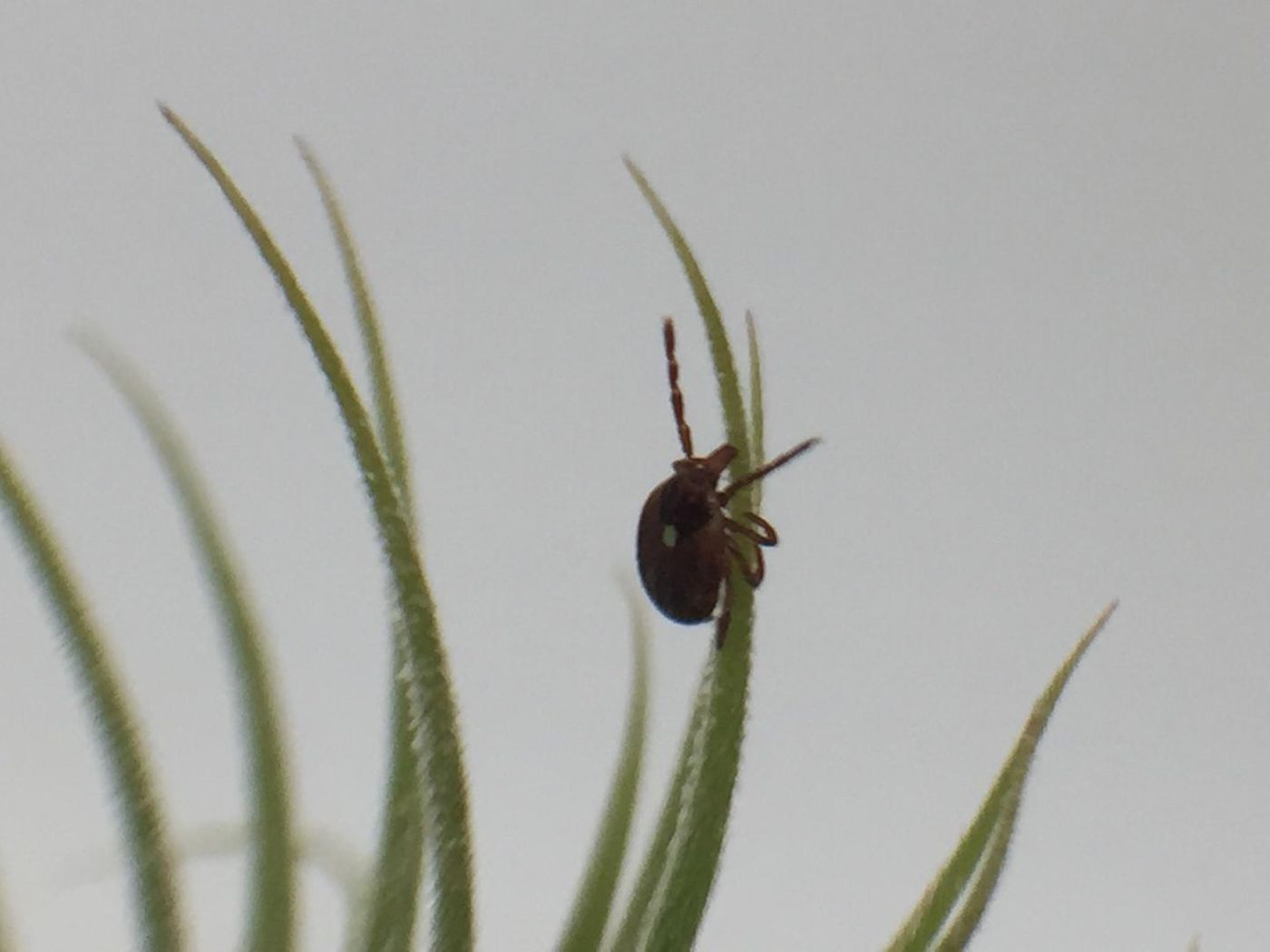Rare Red Meat Allergy to Blame for Unexplained Anaphylaxis
Unexplained bouts of anaphylaxis, a serious allergic reaction, could be a direct result of a rare allergy to meat originating from a tick bite. From the National Institute of Allergy and Infectious Diseases (NIAID), a new study showed that, at least for some “mystery cases” of anaphylaxis, a rare allergy to a molecule in red meat was to blame.
When the immune system overreacts to an allergen and releases inflammatory chemicals all over the body, the result is a life-threatening process called anaphylaxis. Airway constriction, sudden drop in blood pressure, rash, wheezing, vomiting, diarrhea, and even a “feeling of impending doom” are all symptoms of this dangerous response, which is often a result of food allergies. Anaphylaxis requires an injection of epinephrine to stop the reaction, and sometimes the cause for anaphylaxis is unknown.
In a study with 70 participants with “unexplained frequent anaphylaxis,” six people tested positive for an “alpha-gal” allergy, a rare allergy triggered by a sugar molecule in beef, pork, lamb, and other red meats called galactose-a-1,3-galactose.
All six of these participants shared certain antibodies to alpha-gal in their bloodstream, IgE antibodies that are generally associated with allergies. A diet free of red meat prevented anaphylaxis for all six study participants. Researchers followed them for a time between 18 months and three years.
The prevalence of the alpha-gal allergy is mostly unknown; because of its rarity, typical allergy tests do not look for alpha-gal antibodies. Plus, allergic reactions to alpha-gal do not appear within minutes of eating red meat, unlike common food allergies like peanuts and shellfish. Instead, a person allergic to alpha-gal could go up to six hours before experiencing any allergic reactions.
"This unusually long time gap between a meal and an allergic reaction is probably a big reason that alpha-gal allergies are often initially misdiagnosed," explained the NIAID’s Dean Metcalfe, MD. "If you start to have trouble breathing in the middle of the night, you probably are not going to blame the hamburger you had for dinner."
However, scientists do see a trend in where cases of alpha-gal allergies tend to occur: the Southeast region of the United States and certain areas of New York, New Jersey, and New England. This is likely due to the allergy’s connection to the “Lone Star tick,” Ambylomma americanum. Unfortunately, other than understanding that there is a connection, researchers do not know how the Lone Star tick bite causes the allergy to alpha-gal to develop.
"Alpha-gal allergy appears to be yet another reason to protect oneself from tick bites," said NIAID Director Anthony S. Fauci, MD. "Food allergies can range from an inconvenience to a life-threatening condition and pose a serious and growing public health problem that urgently requires more research."
The present study is published in the journal Allergy.
Sources: University of Florida Entomology & Nematology, American Academy of Allergy, Asthma, & Immunology, NIH/National Institute of Allergy and Infectious Diseases










